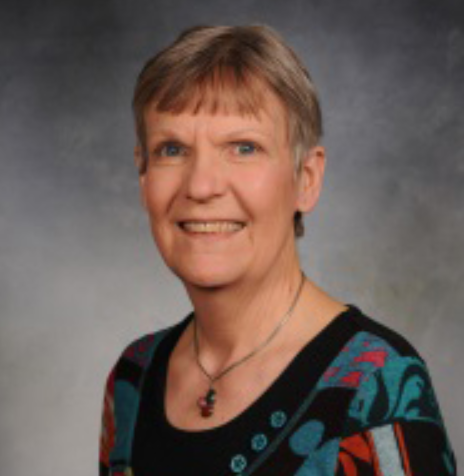
With cooler temperatures here to stay, no doubt you will be switching on your furnace. Now is a good time to provide a reminder about the dangers of Carbon monoxide. Carbon monoxide is of greatest concern because it can be fatal. Hundreds of people are killed each year in the United States by CO in their homes.
Carbon monoxide can build up in an enclosed space. The gas is odorless and colorless, so you may not sense what is making you sick. CO reduces the ability of hemoglobin in the blood to carry oxygen. Health effects or symptoms of carbon monoxide poisoning can be similar to other illnesses, such as flu and allergies. The Symptoms of exposure to low doses of CO include nausea, dizziness, weakness, and muscle aches. Higher doses of CO can cause impaired judgement, paralysis, coma and death.
So how does a buildup of carbon monoxide typically occur? There are several ways, so keep reading for the answer.
•Flues or chimneys from combustion equipment become blocked (such as by a bird’s nest) disconnected, rusted or broken.Thuspollutants from combustion equipment, high in CO, cannot be exhausted to the outside.
•A fuel burning appliance, such as a furnace has a cracked heat exchanger, allowing combustion gases into the living spaces instead of being exhausted up a chimney or flue.
•Unvented fuel-burning (such as kerosene or gas) heaters are operated in the home without adequate ventilation.
•Charcoal cookers, grills, or hibachis are operated in the home.
•Gas ovens improperly used for space heating.
Last year the carbon monoxide detector we had plugged in in our basement family room made quite a screeching noise. Detectors do have a life span so make sure yours is operating properly. Once we replaced it with a new detector everything returned to normal. Remember though, that installing a CO detector does not replace regular maintenance, inspection and safe operation of combustion equipment.
Here’s hoping you stay safe and stay warm this winter!
Donna Krug is the District Director and Family & Consumer Science Agent with K-State Research and Extension – Cottonwood District. You may reach her at (620)793-1910 or [email protected]






